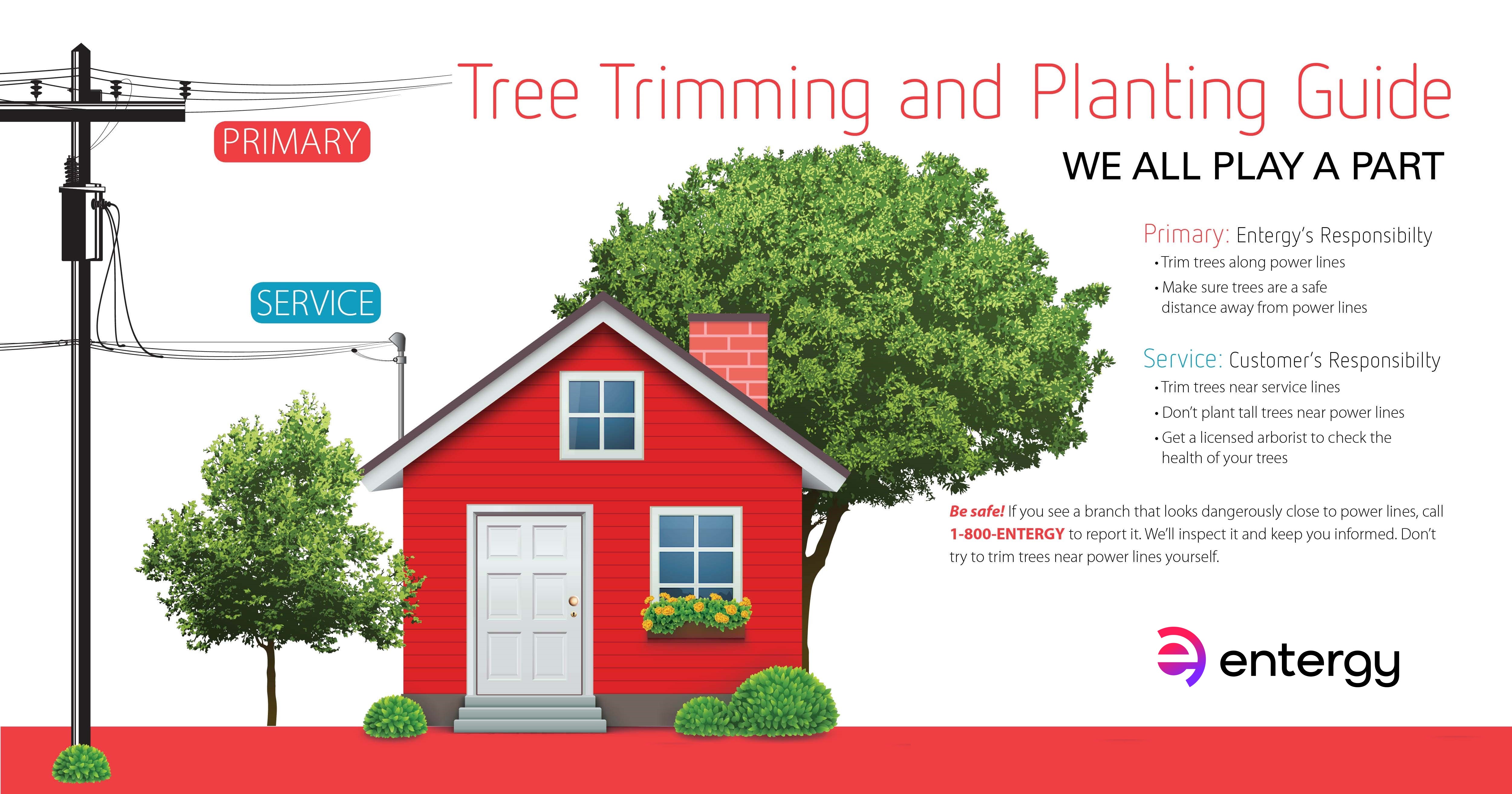Establishing The Right Time For Tree Elimination - A Guide For Homeowners
Establishing The Right Time For Tree Elimination - A Guide For Homeowners
Blog Article
Material Writer-Mcmahon Halsey
Trees add elegance and value to building, but they can also present a danger during severe climate events. If a tree has stopped growing, is showing visible fungal development, or has a leaning trunk, it must be eliminated by a specialist to prevent home damage and injury.
To read more, participate in a home owner source reasonable co-hosted by HPD, the Center for New York City Neighborhoods, and Brooklyn-based real estate companions this evening in Bedford-Stuyvesant. The occasion will feature the Property owner Manual, a new overview to help home owners navigate the duties of possessing a home.
1. Dead or Dying Branches
Trees are an integral part of your home's landscape, providing shade and beauty. They additionally supply shelter for wild animals and create oxygen, yet even healthy trees can experience illness that may require their removal. Dead or passing away trees aren't simply unsightly, they can be hazardous. Their branches can drop during a storm, causing expensive residential property damages and injuries.
When arborist climbing rope start to die, it implies that its structure is beginning to break down. If the majority of its branches are dead, it is most likely time to remove it.
Seek an absence of brand-new development, bark peeling, open injuries or tooth cavities, fungis growing on the trunk or origins and a general look of decay in the whole canopy. These signs of infection can indicate a serious trouble that will certainly need specialist tree services to settle.
2. Leaning Trunk
While it's typical for trees to lean from time to time as a result of phototropism, if a tree has an unsafe or severe lean that's not as a result of natural processes - maybe a sign that the tree requires to be removed. If the tree is leaning toward a high-voltage line, home, vehicle, play framework or any other area that could be dangerous to individuals if it falls, after that calling an expert tree solution for removal need to be a top priority.
It's likewise crucial to expect any type of sudden changes in a tree's leaning as it can show damages to the origins or trunk that might result in dropping. This is particularly real during thundercloud, considering that high winds and rain-soaked soil can trigger a lean to change rapidly. Regular surveillance, specifically throughout and after storms can aid property owners acknowledge prospective problems with their trees so they can call an arborist for a comprehensive evaluation.
3. Pest Problem
Some pest invasions, such as wood-boring pests like emerald ash borer or sap-suckers like scale pests, are so severe that they can trigger a tree to pass away. The best way to prevent pest invasion is to check your trees regularly. Look for tree service business cards , openings, or discolorations in the fallen leaves and bark. Check out the trunk for splits and indications of insect damages, such as tunnels or tracks.
If a tree comes to be also infested with parasites, or is close to a home or high-voltage line, an arborist may recommend removal. If a leaning tree creates a brand-new, unstable lean, an arborist will likely recommend elimination also to make certain the security of people and building. If a weakened or dead tree consistently drops too much branches, it is a sign that it is time to remove the tree. If a tree remains to drop branches for an extensive time period, it could result in structural problems and potential residential or commercial property damages.
4. Damaged Trunk
Trees are a beautiful and important part of our landscape, however they do call for normal care to maintain them healthy and balanced and risk-free. If a tree is harmed beyond repair it is most likely time for it ahead down.
Seek indicators of damages to the trunk, consisting of upright splits, seams, dead branch stubs, visible wounds or open tooth cavities and extreme tree-rot. The existence of fungi at the base of the trunk is another warning sign. Fungi might show that the phloem and xylem (life-support tissues) are compromised, enabling the spread of condition or a future failing.
Likewise, take into consideration whether the tree has actually quit expanding. greater auckland and balanced trees will certainly have new development each year, which might be visible as buds or branches growing and extending. If you don't see any kind of brand-new growth, it's a great concept to have an arborist evaluate the tree and follow their suggestion for removal. A dying or harmed tree can fall and create residential or commercial property damages.